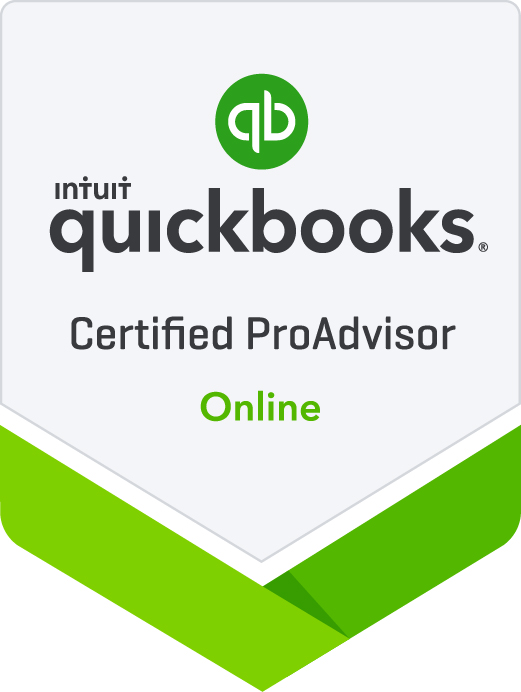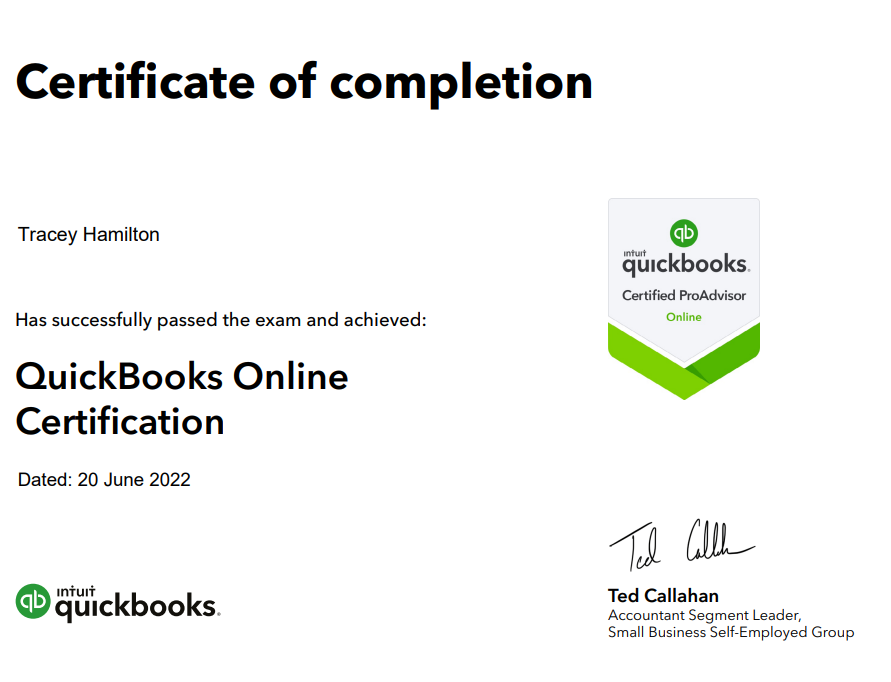Are You Making Money?
/Photo by John Guccione www.advergroup.com: https://www.pexels.com/photo/100-us-dollar-banknotes-3483098/
When I am helping clients who are new business owners the end goal of financial reporting can be just to file their taxes. What may happen as their business grows is the need for a capital loan to make an investment in their business and then all of a sudden they will need more information at the request of the bank or another third party. I like to empower my clients to understand what is going on inside of their business whether they need funding or are ready to hire a new team member. One of the most important things to know as a business owner is that you are making money. The Profit & Loss can give you that information.
The Profit & Loss answers the questions:
What did I sell?
What did I spend?
What is left after that?
What Did I Sell?
If you take a look at your Profit & Loss you will see that it is organized to show your sales categories at the top portion of the report. Each category is like a sales bucket symbolizing how you generate revenue for your business. It enables you to compare your sales buckets to see what sold well this month vs. last month or another period. In this way, you can make adjustments to categories that aren’t doing so well and dig deeper into those categories that are selling like hotcakes! The result is your total income amount.
What Did I Spend?
This section is broken into Cost of Goods Sold/Cost of Services vs. Expenses. Cost of Goods Sold/Cost of Services which are the direct inputs needed to generate revenue. If you offer services and not a physical product then you would look at things like subcontracted labor or a direct third-party vendor you use to deliver a particular service for one of your sales categories. The total Cost of Goods Sold is subtracted from total income to arrive at your gross profit.
The second part of the “What Did I Sell” section deals with operational expenses. You are going to see things like advertising, bank fees, office supplies, insurance, etc. These are the outputs that are needed to run your business regularly. The key number to look at here is the total expenses amount. The result of this section is that it can help you to see what expense categories are providing a real benefit to your business vs. those you might want to change to get a greater benefit or save money.
Just remember that it usually costs money to make money and that your viewpoint about business expenses should include looking at what is an investment into your business vs. a commodity that can easily be substituted for something else. It’s like going to the grocery store to buy cereal. Some people must buy the name brand of certain types of cereal and others are fine with the store brand. It just depends on what you feel brings the most value to you.
What Is Left Over?
The bottom half of the Profit & Loss answers the question most if not all business owners want to know which is did I make any money? The bottom-line number is what we all work for right? :) It is good to start with a goal in mind before you start analyzing this number or else it’s just a number without context. If you have generated more sales than expenses then you will have a net profit if you have generated more expenses than sales then you have a net loss as your bottom line number.
Financial reports help to shape the story of your business. One of the most important questions that all business owners want answers to is are they making any money? The Profit & Loss answers this question by breaking down the report into three sections arriving at the bottom line number which tells you if your business is making any money. It is more helpful to have goals and metrics to analyze your numbers against to spot trends and to make sure you are successfully hitting your business's financial goals.
Keep IT Sunny~







